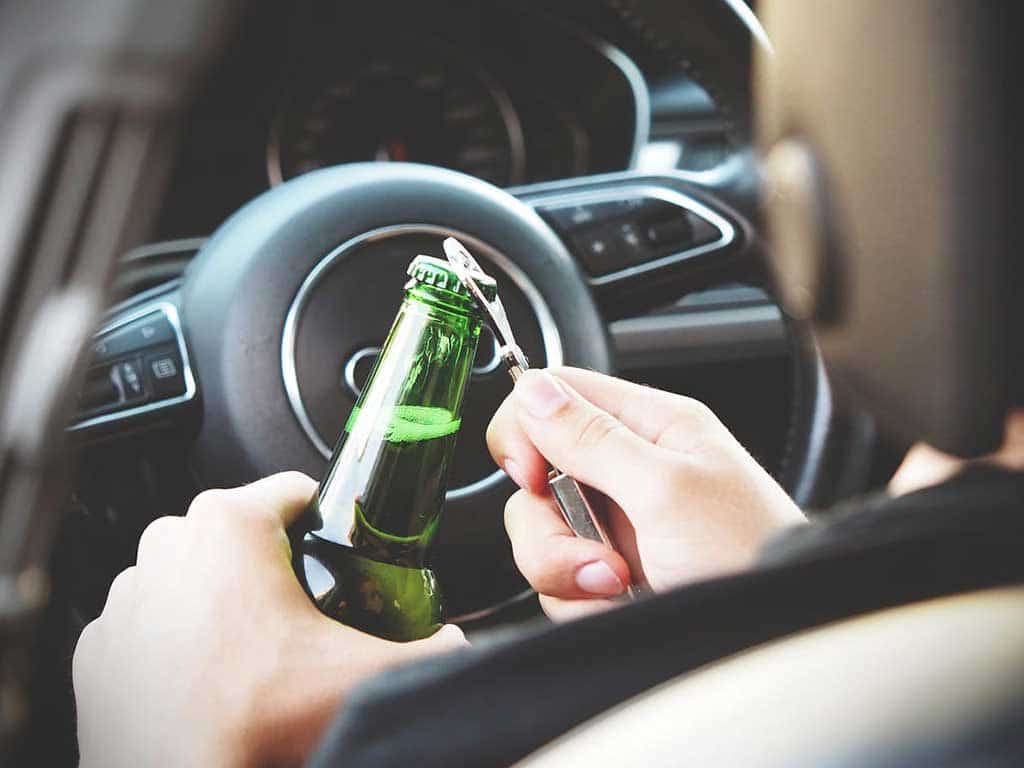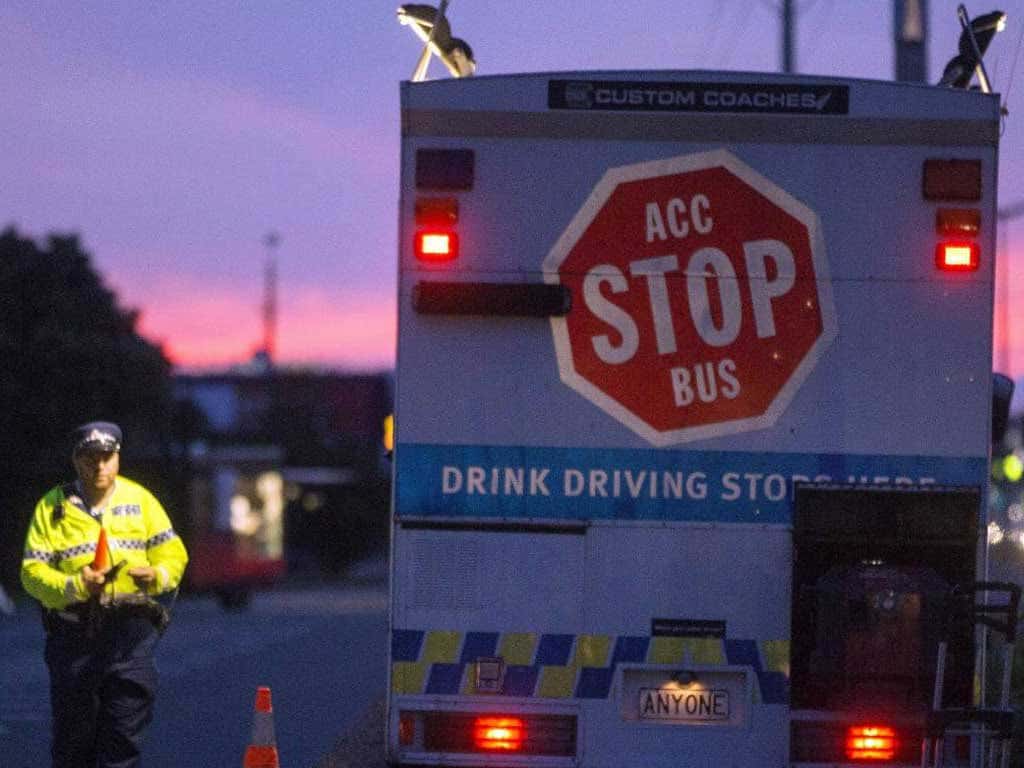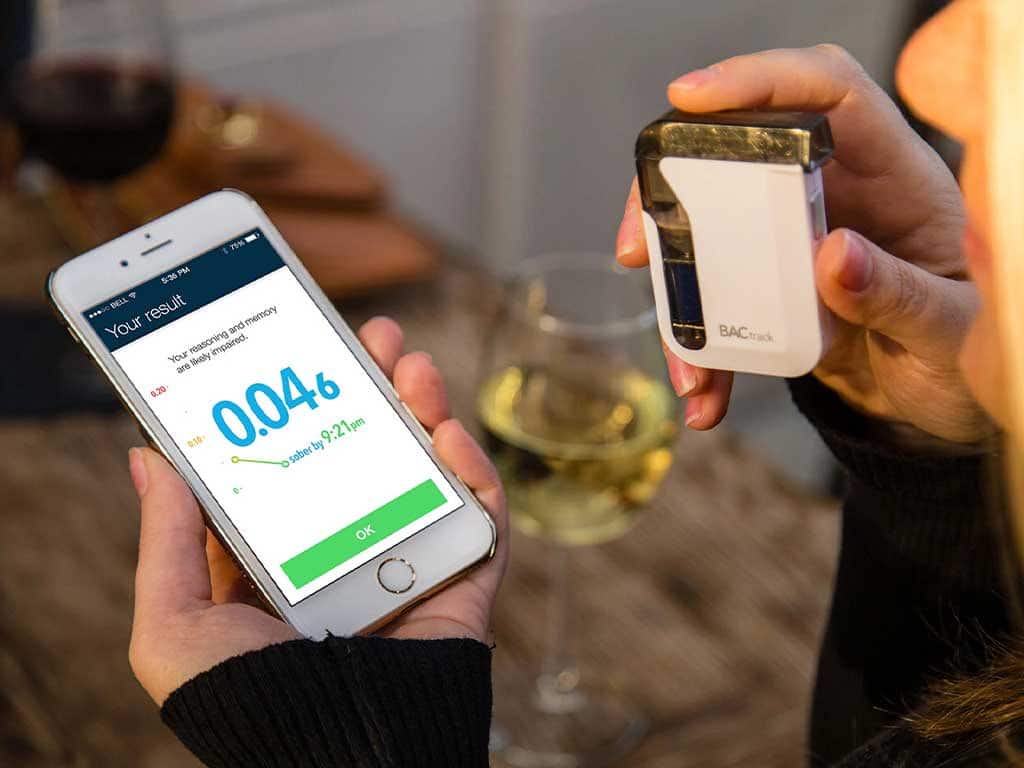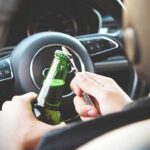Intoxicated While Driving: Police Testing Procedures & Types of Tests
20 January, 2023

People who are intoxicated while driving pose significant safety risks. Alcohol impairment is one of the leading causes of road accidents and fatalities. Therefore, Australia imposes strict alcohol driving limits to minimise road trauma. A driver is considered drink driving if their Blood Alcohol Content (BAC) is 0.05% or more while operating a vehicle. In addition, drivers with learners or provisional permits must have zero BAC, while heavy vehicles or public transport operators must stay below 0.02% BAC.
Alcohol consumption can have different effects on individuals. Some can get intoxicated quickly with one standard drink, while others can handle more. For safety, traffic authorities and health experts discourage driving with any alcohol content. This is because people can still get into accidents despite having a minimum BAC. The following sections will present the police testing procedure, ways to measure blood alcohol levels, and how to avoid drink driving.
Intoxicated While Driving: Police Testing Procedure
It is a serious offence in Australia if a driver is caught intoxicated while driving. Although the laws and penalties will depend on each state and territory, the general driving limit is 0.05% BAC or 0.05g of alcohol per 100 ml of blood. Police officers perform breath tests on random roadside inspections or sobriety checkpoints. The test involves asking the driver to provide a breath sample to a police breathalyser to determine the BAC.
If the BAC measurement exceeds the legal limit, law enforcement will ask the person to perform an evidential breath test at a police station. The breath analysis result is admissible in court to prove legal intoxication. Moreover, drink driving penalties will depend on the severity of impairment and the number of previous offences. It includes fines, immediate license suspension, prison terms, and an alcohol interlock order for high-range driving.
In random roadside screening, police can stop any vehicle as a routine inspection. Officers may also request a breath test if they suspect a person is under the influence of alcohol. Additionally, refusing a breath test in Australia is an offence with similar penalties to failing. However, there may be exceptions if a person cannot adequately provide a breath sample due to medical reasons. In this case, police officers will request a blood test.
General Legal Limits for Driving
- Zero BAC: applies to drivers with a learner, provisional 1 and 2 licenses. This may also cover public transport vehicles, heavy vehicles, and those carrying dangerous goods in some territories.
- Under 0.02 BAC: can also apply to operators of gross vehicle mass (GVM), transporting hazardous chemicals, and public utility vehicles like taxis and buses in specific states.
- Under 0.05 BAC: applies to full driving licence holders.

Intoxicated While Driving: Methods of Measuring the BAC
There are several ways to know the BAC after alcohol consumption. Individuals can measure alcohol levels through breath, blood, saliva, or urine tests. The breath test is the most convenient among these methods. It uses a portable electronic device called a breathalyser to analyse the breath sample. It works by causing a chemical reaction when the sensors come in contact with alcohol in the breath specimen. Then, the breathalyser measures the output and converts it into the BAC values.
A breathalyser is a device that police officers use in roadside alcohol screening. It uses advanced fuel cell sensors to measure the BAC accurately. Conveniently, personal breathalysers are now more affordable to help individuals monitor their BAC and avoid severe impairment. Pro-grade personal breathalysers offer consumers high precision, similar to police units. Hence, individuals can track their BAC levels before getting behind the wheel to avoid being intoxicated while driving.
Urine samples are handy when individuals need to determine alcohol consumption for longer periods. Meanwhile, saliva and blood tests are useful when breath testing is not available due to certain circumstances. In particular, blood tests are a common method for confirmation testing because of their accuracy. However, it does have a longer turnaround period for results and requires an invasive collection procedure.
Advantages of Breathalysers
- Non-invasive method of sample collection
- Give rapid results. A breathalyser can show the BAC within 15 seconds.
- Allow multiple retests
- Portable designs for convenient use
- Easy to use. Breathalysers like BACtrack have a one-touch function.
- Pro-grade devices can trace alcohol concentrations over a complete BAC range (0-0.40%)
- Fuel cell sensors are not prone to false positives

How to Avoid Being Intoxicated While Driving
Alcohol is a volatile substance that rapidly enters several organs through the bloodstream. It is a depressant drug that can slow down the functions of the Central Nervous System (CNS). As a result, the person can feel the intoxicating effects minutes after consumption. In addition, various alcoholic beverages contain different alcohol concentrations that can affect the BAC. Thus, the best way to avoid being intoxicated while driving after drinking is to measure the BAC with a breathalyser.
Excessive alcohol consumption can cause blurry vision, slower reaction time, and poor coordination. These impairments affect the ability to control a vehicle safely, increasing the likelihood of getting into an accident. Therefore, people try to keep their BAC below the legal limit. Strategies include limiting the intake to one standard drink per hour and consuming beverages with low alcohol concentrations. Individuals may also alternate alcoholic and non-alcoholic drinks, avoid mixed drinks, or eat consuming alcohol.
No fixed alcohol intake can guarantee the BAC remains below 0.05%. Moreover, it takes one hour for the body to process one standard drink or 0.016 BAC. Thus, the more alcohol a person consumes, the longer it takes to be sober again. People who do not check their BAC or control their intake risk driving under the influence. Without a measuring tool like a breathalyser, people may wrongly estimate their ability to drive safely.
Factors Affecting the BAC
Alcohol affects everyone differently. Several factors influence the BAC, namely:
- Age – there is a slight decline in how the body processes alcohol as a person ages.
- Sex – women tend to have higher BAC levels than men because of body fat percentage
- Food intake
- Water content
- Metabolism
- Alcohol tolerance
- Interactions with medications
- Alcohol concentration in drinks
Conclusion
A person can be charged for being intoxicated while driving if their BAC is 0.05% or more. Law enforcement conducts roadside breath tests to monitor drink driving and minimise untoward incidents. The penalties include hefty fines, imprisonment, license suspension, and an alcohol interlock disorder. To avoid this, people can use a personal breathalyser, like BACtrack devices from Breathalysers Australia, to check their BAC levels before driving. It is a reliable device for estimating the BAC and avoiding high intoxication.
Excessive consumption causes the BAC to increase rapidly, leading to severe impairment. However, alcohol affects everyone differently due to several individual factors. Therefore, two people can have different BAC despite consuming the same type and amount of drink. The best approach to avoid high intoxication is to limit the intake and check the alcohol level with a personal breathalyser every hour or after a few rounds of drinks. Thus, it enables individuals to make informed decisions.






























